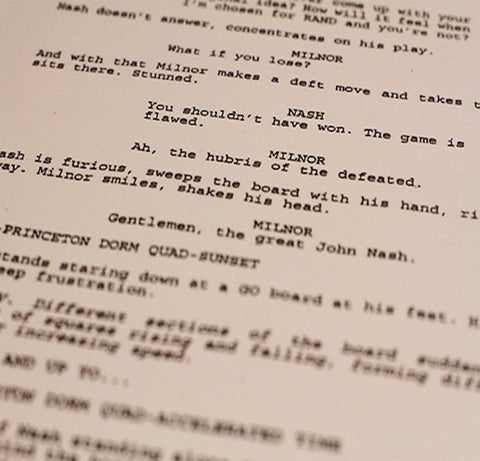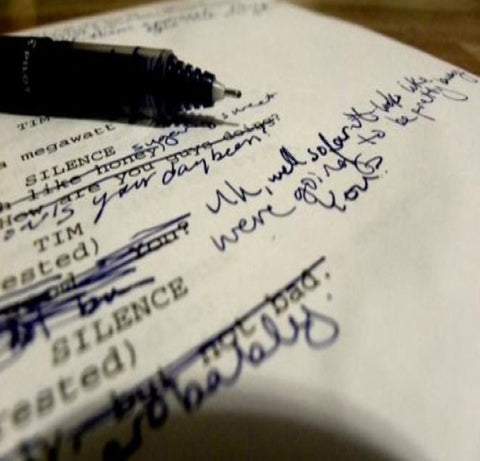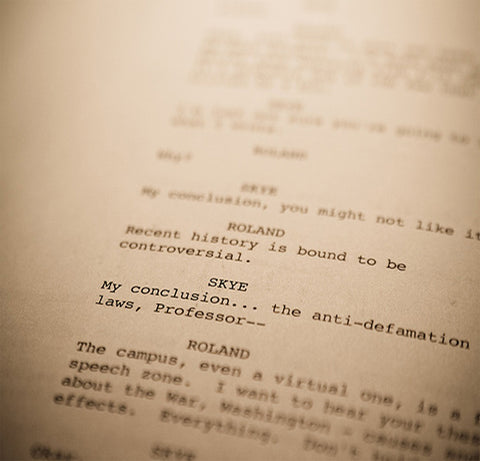
THE 20/80 STRUCTURE
Most everyone is familiar with the standard three-act structure. We’ve got our first-10; inciting incident on pg 17; plot point one on pg 30; midpoint turn on pg 50; plot point two on ppg 70-75; climax, and denouement. Blake Snyder’s Save the Cat offers a slightly different model, but it’s pretty much in the same ballpark.
There is another structural model. It has no name, so I’ve just been calling it the “20/80” because, simply put, plot point lands on pg 20, and plot point two is on pg 80. It’s the minor key of screenplay structure.
The other hallmark 20/80 is an inciting incident that occurs on pg 10 instead of pg 17. And with a plot point two on pg 80, we’re almost immediately following our darkest hour with the climax and denouement.
Which means this is mostly a structure defined by a looooong second act. This second act can be broken out into “mini-acts” with various plot functions a la Save the Cat. The midpoint turn becomes one of our key plot beats in 20/80, as it anchors the big act two.
With that quick inciting incident and long second act, we can see the primary value of 20/80: getting into the main concept of the movie without delay, and spending the majority of its runtime paying off the concept.
The perfect example of 20/80 is Legally Blonde, a film I not only love, but often cite for its wonderful narrative construction. Because look what happens: We spend the first-10 getting to know Elle and finding out that her whole goal in life is to get married. At the end of the first-10 – gasp! Instead of proposing, her boyfriend dumps her! But then she picks herself up, decides on a plan of action, and without delay she’s going to law school. Boom-boom-boom.
Now consider this same story using standard three-act. Instead of sprinting through our first three structural beats and getting Elle to law school with a quickness (so we can watch Elle’s struggles, i.e. the movie we came to see), we have to invent ways of padding out the first act by ten extra pages to make sure plot point one lands on pg 30 where it “should.”
Maybe we get lucky and those ten extra pages are good and funny. But really… do we need them? Obviously not, because we don’t have them in the finished film, and the finished film is great.
I have written in 20/80, and I have found that it’s a great structure for a certain kind of focused, high-concept action movie. If the story is centered around one big chase, then great – let’s get into that chase with as little delay as possible (on pg 20). And what happens with that cluster of plot beats in act three (from ppg 80-90)? Well… the chase ends, and so does the movie.
The 20/80 structure isn’t for every story, but it could be considered another tool in the box; a potentially valuable alternative.




